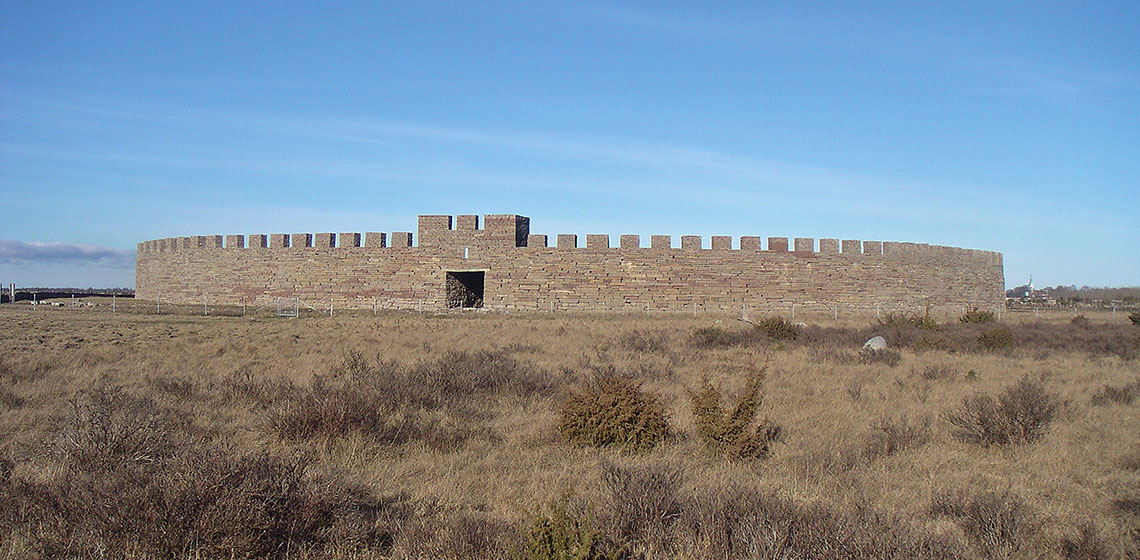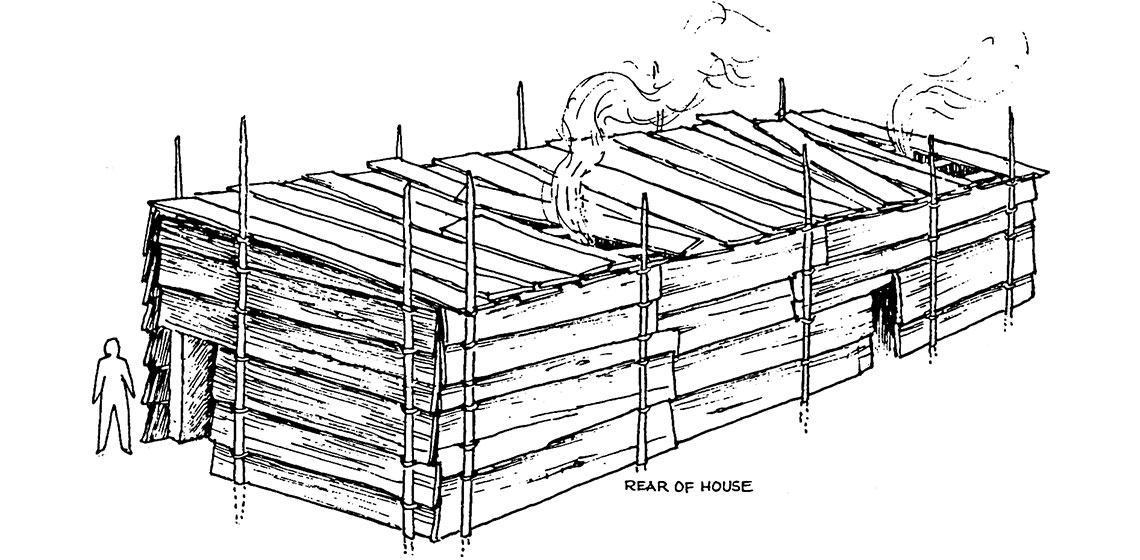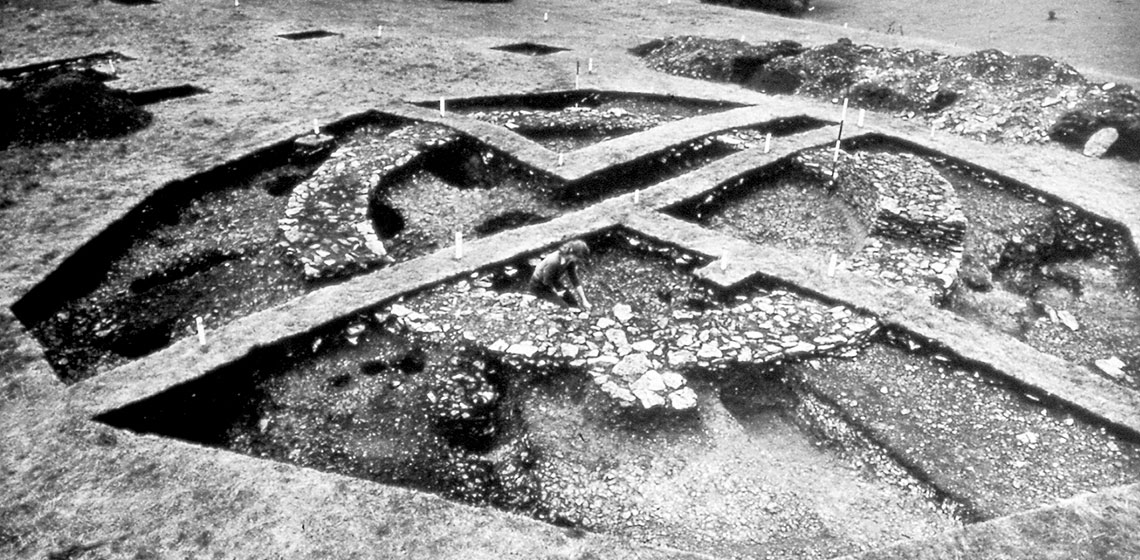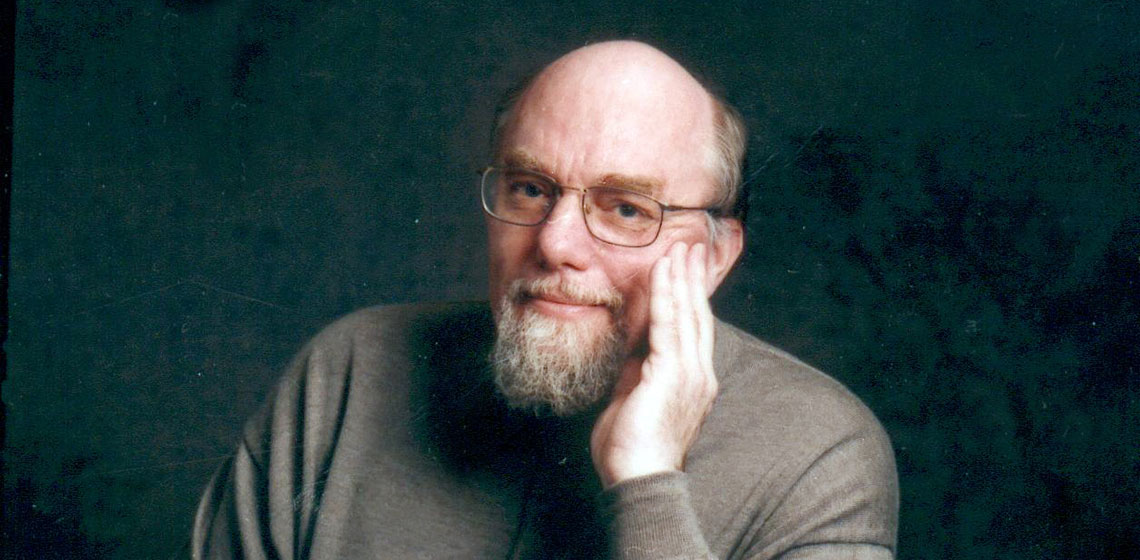EuroREA 3/2006

© EXREA / EXARC, 2006 | ISSN: 1214-9551 | ISBN 13: 978-90-78657-01-9 | Size: A4, 100 pages, 21 PDFs / HTML
Our modern hurried way of life is opening a deeper and deeper gorge between our lives and the lives of our ancestors. Often we all, including those in experimental archaeology, can only stand and admire their capabilities and versatility. Unfortunately, experimenters often find themselves more involved in the organising finance and dealing with paperwork rather then research. In this context, EuroREA asked experimenters from various parts of Europe in which direction the development of experimental archaeology should go in the near future. Carrying out research though, is only one part of the work of experimental archaeologists. It is also necessary to relay the knowledge gained, not only to other experimenters and archaeologists. Results of experimental archaeology can be used to bring archaeological findings closer to the wide public and many experimental centres fulfil an important educational role. Should we pay more attention to what the public are interested in? What are the limits to our reconstructions of prehistoric life? How can we bring history to life responsibly?
These are just some of the dilemmas discussed on the following pages.
In the third issue:
All articles are available as PDF, some as HTML
Future of experimental archaeology (PDF)
DISCUSSION
Implications of crushed pottery in prehistoric pottery (PDF)
ITEMS - Martin Hložek, Radomír Tichý, Hana Dohnálková, Iva Dohnálková (CZ)
Construction of a circular ditch system and houses of the middle Neolithic (PDF)
ITEMS - Wolfgang F. A. Lobisser (AT)
Observations sur la fabrication expérimentale des étoffes cordées (PDF)
ITEMS - Fabienne Médard, François Moser (FR)
What is re-enactment for? (PDF)
EDUCATION - Kim Biddulph (UK)
Enfilage des coquilles de Columbella rustica et de Trivia europea (PDF)
ITEMS - Paulette Pauc, Alexandre Pauc (FR)
Pots and drums: an acoustic study of Neolithic pottery drums (PDF)
STUDIES - Lynda Aiano (UK)
Experimental Roman Minting (PDF)
STUDIES - Di Hu (US)
Ancient wood, woodworking and wooden houses (PDF)
ITEMS – John M. Coles (UK)
The scientific basis for the reconstruction of prehistoric and protohistoric houses (PDF)
ITEMS - Peter J. Reynolds (UK)
Sad news from Archéodrome (PDF)
REPORTS - M.-C. Frere-Sautot (FR)
Canterbury Archaeological Trust celebrates its 30th birthday... (PDF)
EDUCATION - Marion Green (UK)
To Reconstruct a Sacrificial Site (PDF)
DISCUSSION - Egil Josefson, Jan Olofsson (SE)
Dioramas, (re)constructions and Experimental Archaeology (PDF)
DISCUSSION - Lara Comis (IT)
A contribution towards learning about “Forest Industries” (PDF)
REPORTS - Bohumír Dragoun, Václav Matoušek, Jiří Woitsch (CZ)
The project “Delphi – House of Questions“ (PDF)
REPORTS - Gunter Schöbel (DE)
Living History in an Early 14th Century Castle (PDF)
REPORTS - Sven-Hinrich Siemers (DE)
Sensing History with Hans-Ole Hansen (PDF)
INTERVIEW - Roeland Paardekooper (NL)
Use of Reconstruction in British TV Programmes (PDF)
REVIEWS - J. Kateřina Dvořáková (UK)
Experimental Archaeology in Europe-Special Issue 1 (PDF)
REVIEWS - Karola Müller (DE)
Archaeology Night on Czech TV (PDF)
REVIEWS - Radomír Tichý (CZ)
Please find below the articles from this issue, which are available as HTML.
Reviewed Articles
To Reconstruct a Sacrificial Site
The site
Eketorp fort on southern Öland is a prehistoric ring fort excavated between 1964 and 1974. The excavations showed that the first fort on this location was built in the fourth century AD (Eketorp I). About one hundred years later, it was torn down and then re-built on the same spot. The new fifth-century ring fort (Eketorp II) served as a fortified farmers’ settlement for about 250 years until it was abandoned in the late seventh century (Borg, Näsman, & Wegraeus 1976).
Ancient Wood, Woodworking and Wooden Houses
1987 ESF Proceedings
The 1980s was the beginning of a boom in the construction of archaeologically inspired buildings inside and outside archaeological open-air museums.
***This article introduces a record on the management and use of prehistoric woodland gained from the research of the Somerset Levels...
The Scientific Basis for the Reconstruction of Prehistoric and Protohistoric Houses
1987 ESF Proceedings
The 1980s was the beginning of a boom in the construction of archaeologically inspired buildings inside and outside archaeological open-air museums.
***The purpose of this paper was to explore the scientific basis of building reconstructions. The critical issue was to address the problems of reconstruction in order to specify limits within which the reconstruction is of research/educational value and to a set standards which may act as guidelines.





